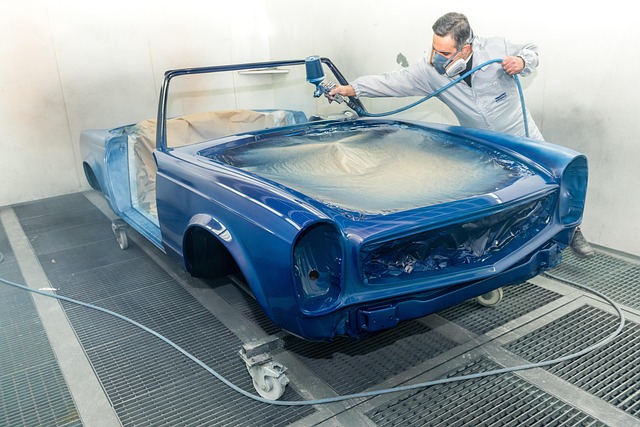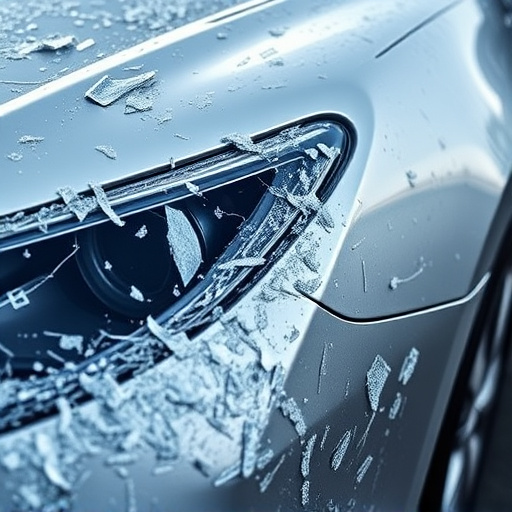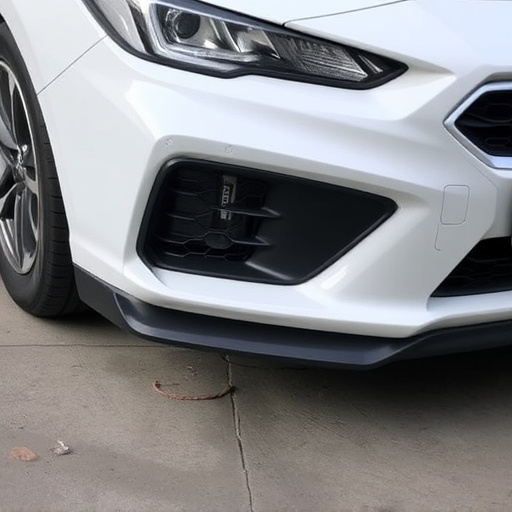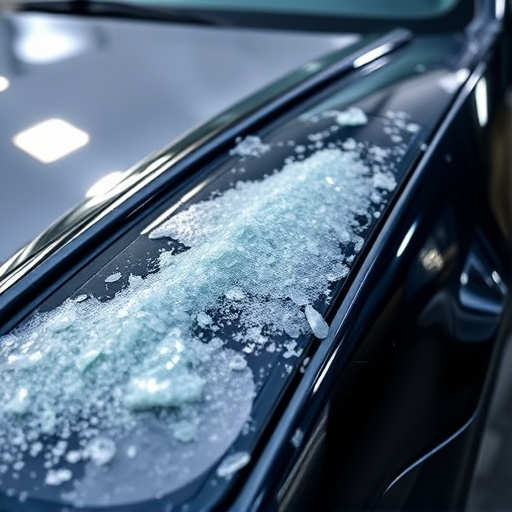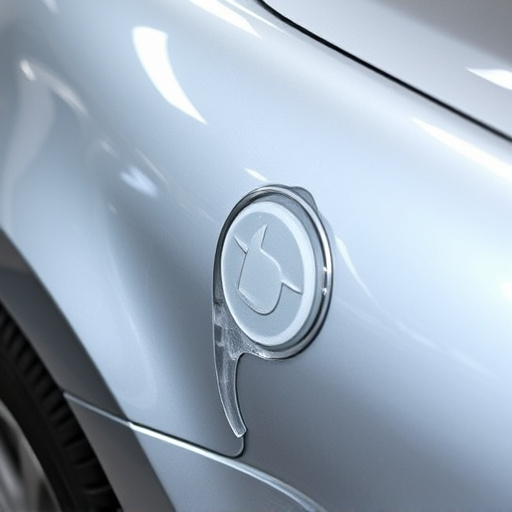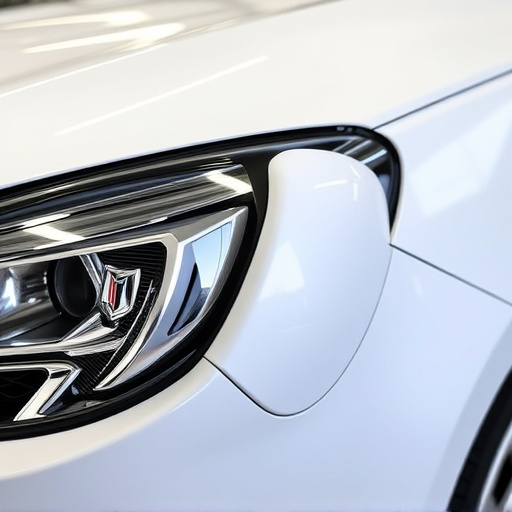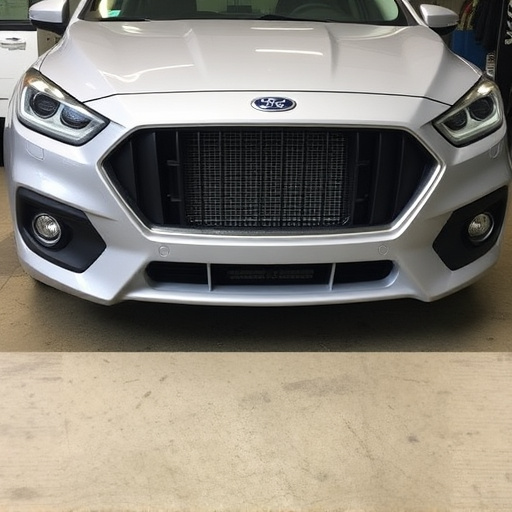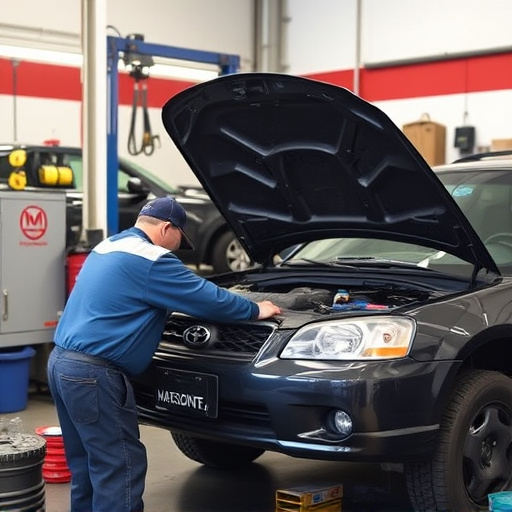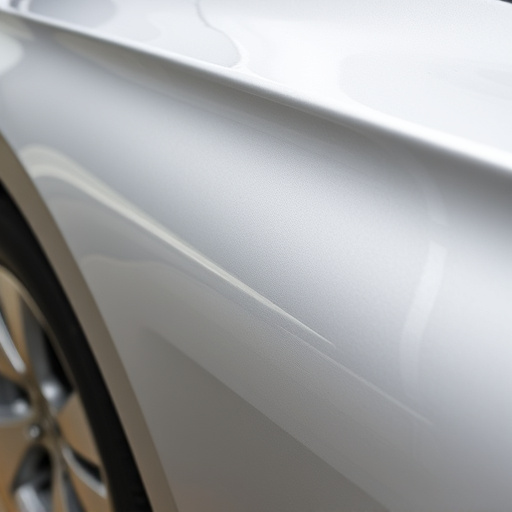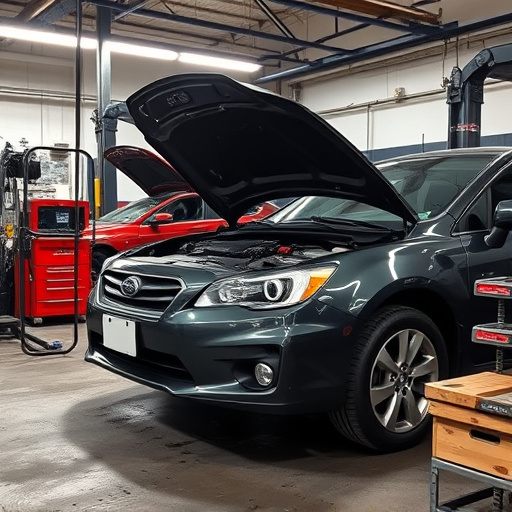Acoustic glass repair has advanced significantly thanks to technology, offering precise solutions for damaged vehicle windows while preserving structural integrity and acoustic properties. This is crucial in today's environment where vehicles face challenges compromising their structural integrity. Future advancements aim to improve sound quality and durability, with thinner, lighter, stronger glass panels and smart glass technology expected to revolutionize noise cancellation in residential and commercial spaces. Acoustic glass repair remains vital for modern auto body services.
“Explore the future of sound control with an in-depth look at acoustic glass repair techniques. From understanding modern innovations to identifying common issues, this guide illuminates today’s landscape in acoustic glass repair. Discover how advanced technologies are enhancing noise reduction and aesthetic appeal. Furthermore, glimpse into emerging trends shaping the industry, offering insights into future possibilities for acoustic glass repair and its role in creating quieter, more harmonious spaces.”
- Understanding Modern Acoustic Glass Repair Techniques
- Common Issues Requiring Repairs Today
- Future Trends in Acoustic Glass Technology and Care
Understanding Modern Acoustic Glass Repair Techniques
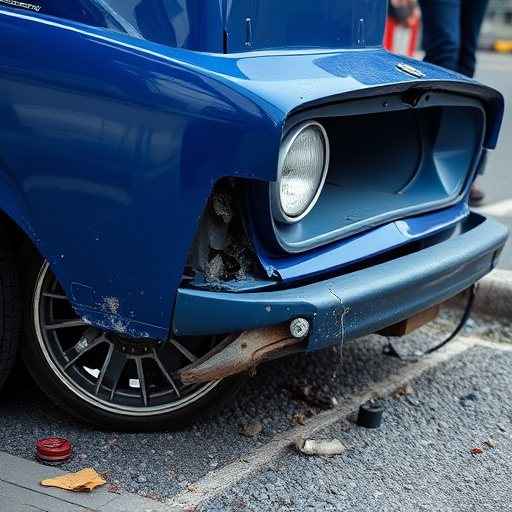
The field of acoustic glass repair has evolved significantly with technological advancements, offering innovative solutions for damaged or broken vehicle windows. Modern techniques go beyond traditional methods, focusing on precision and minimal interference with the overall integrity of the glass. One notable approach involves specialized tools and expertise to reshape and realign panels, making them as good as new while preserving their acoustic properties.
This advanced repair process is particularly valuable in the auto painting and collision center industries, where fleet repair services often demand swift and efficient solutions without compromising quality. By employing these cutting-edge techniques, technicians can restore windows to their original state, ensuring they maintain their structural strength, insulation capabilities, and noise reduction features—all essential aspects of modern vehicle design that contribute to passenger comfort and safety.
Common Issues Requiring Repairs Today
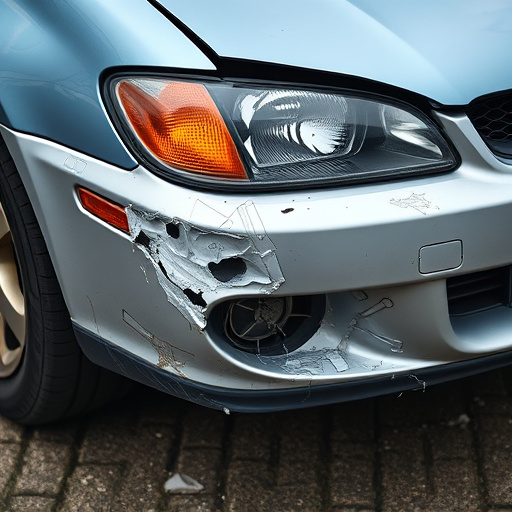
In today’s fast-paced world, vehicles are subjected to various environmental and accidental stresses that can lead to damages in their glass components. Common issues requiring acoustic glass repair include cracks, chips, and breaks caused by impact events, such as stones or debris hitting the windshield, or collisions with other vehicles. These damage types not only affect the structural integrity of the glass but also compromise its ability to provide effective sound insulation, leading to noise pollution inside the vehicle cabin.
Moreover, bumper repair and collision damage repair are significant aspects that often accompany acoustic glass repairs. Bumper dents, scuffs, and other minor impacts can be repaired without replacing the entire bumper, reducing costs and minimizing environmental impact. Similarly, auto painting services might be needed following a collision, where damaged panels require repainting to match the vehicle’s original finish. Integrating these services with acoustic glass repair ensures a comprehensive restoration, enhancing both safety and aesthetic appeal of the vehicle.
Future Trends in Acoustic Glass Technology and Care
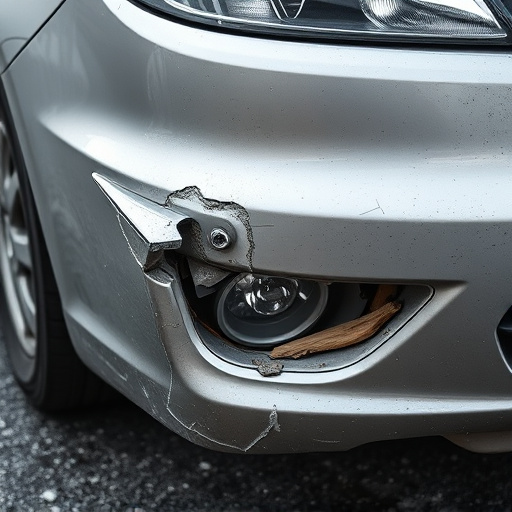
The future of acoustic glass technology looks promising, with advancements focused on enhancing sound quality and durability. As our world becomes more digital, the demand for better noise cancellation and enhanced auditory experiences in both residential and commercial settings is on the rise. This trend is expected to drive innovations in acoustic glass repair techniques. With advancements in manufacturing processes, we can expect to see thinner, lighter, yet stronger glass panels that offer superior sound insulation properties. These developments will not only benefit homeowners seeking quieter living spaces but also those in the auto body services industry, as vehicle body repair becomes more sophisticated.
Additionally, smart glass technology is poised to play a significant role in acoustic control. Future trends may include self-adjusting glass that actively modifies its sound-absorbing properties based on ambient noise levels. This could revolutionize not only home theaters and recording studios but also public spaces and offices where managing acoustics is essential. In the realm of collision repair, integrating these smart glass solutions into vehicle designs can contribute to safer and more comfortable driving experiences, ensuring that acoustic glass repair remains a critical aspect of auto body services for years to come.
Acoustic glass repair is an evolving field, offering advanced solutions for modern challenges. By understanding the latest techniques and addressing common issues early on, we can ensure optimal sound quality and structural integrity in our spaces. As technology progresses, future trends promise even more innovative ways to care for and enhance acoustic glass, making it a sustainable and efficient choice for various applications. Stay informed and embrace these advancements to unlock the full potential of acoustic glass in your projects.
